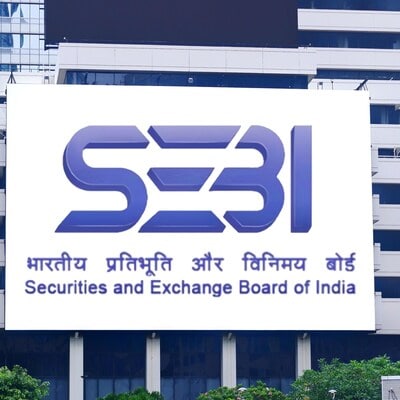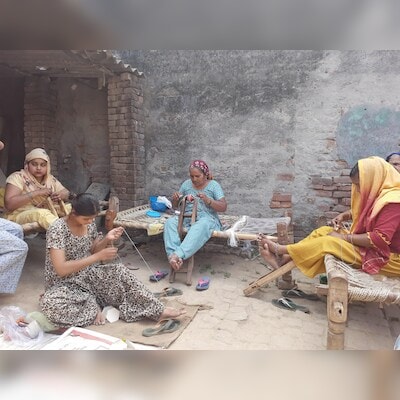Shares of Bajaj Housing Finance tanked 10 per cent to Rs 135.65, hitting its lowest level since listing, on the BSE in Monday’s intra-day trade amid heavy volumes.
The stock of housing finance company (HFC) made its market debut on September 16, 2024. With today’s fall, the stock was down 28 per cent from its 52-week high of Rs 188.45 touched on September 18. Despite the fall from its high, Bajaj Housing Finance trades 94 per cent higher over its issue price of Rs 70 per share.
Click here to connect with us on WhatsApp
At 03:09 pm; the stock was quoting 9.6 per cent lower at Rs 136.20, as compared to 0.77 per cent decline in the BSE Sensex. A combined 64.87 million equity shares changed hands on the NSE and BSE.
In the prime housing space, Bajaj Housing Finance is currently the second largest, the fastest growing and a high-pedigree HFC in India.
Last week, HSBC Global Research initiated coverage on Bajaj Housing Finance with ‘Reduce’ rating for a target price of Rs 110 per share; implies 4x FY26e price to book (PB).
The 2.4 per cent RoA as of FY24 was on the back of an optimised AUM mix, operating leverage and muted credit costs. In the brokerage firm’s view, going forward, margins would likely compress, and credit costs would normalise. Operating leverage would not be enough to offset this pressure and RoA would compress as well. The core-RoE of prime home loans (c58 per cent of AUM) is 11-12 per cent. With diversification, a RoE of 13-14 per cent is sustainable. Overall, we expect EPS growth of c17 per cent over FY24-27e compared to c41 per cent over FY21-24, HSBC Global Research said in its coverage report.
Apart from an earnings slowdown, the brokerage firm sees two other threats to Bajaj Housing Finance’s current valuations. First, as per the Gordon Growth model, its current valuation implies a 10 per cent long-term growth and 17 per cent ROE (vs HSBCe of 14.6 per cent). Second, large NBFC (non-banking financial companies) peers with higher ROE, stable growth outlook and at a steep valuation discount are better alternatives.
HSBC Global Research said they use a Gordon growth model to value Bajaj Housing Finance. Key upside risks include ROA compression can be mitigated by low credit costs, faster operating leverage and minimum NIM compression if cost of funds moderates quickly; competitive intensity from banks could abate as they try to protect their profitability; AUM growth of c30 per cent year-on-year (YoY), if sustains, would support the valuation multiple, the brokerage firm said.
First Published: Oct 07 2024 | 3:33 PM IST















Leave a Reply